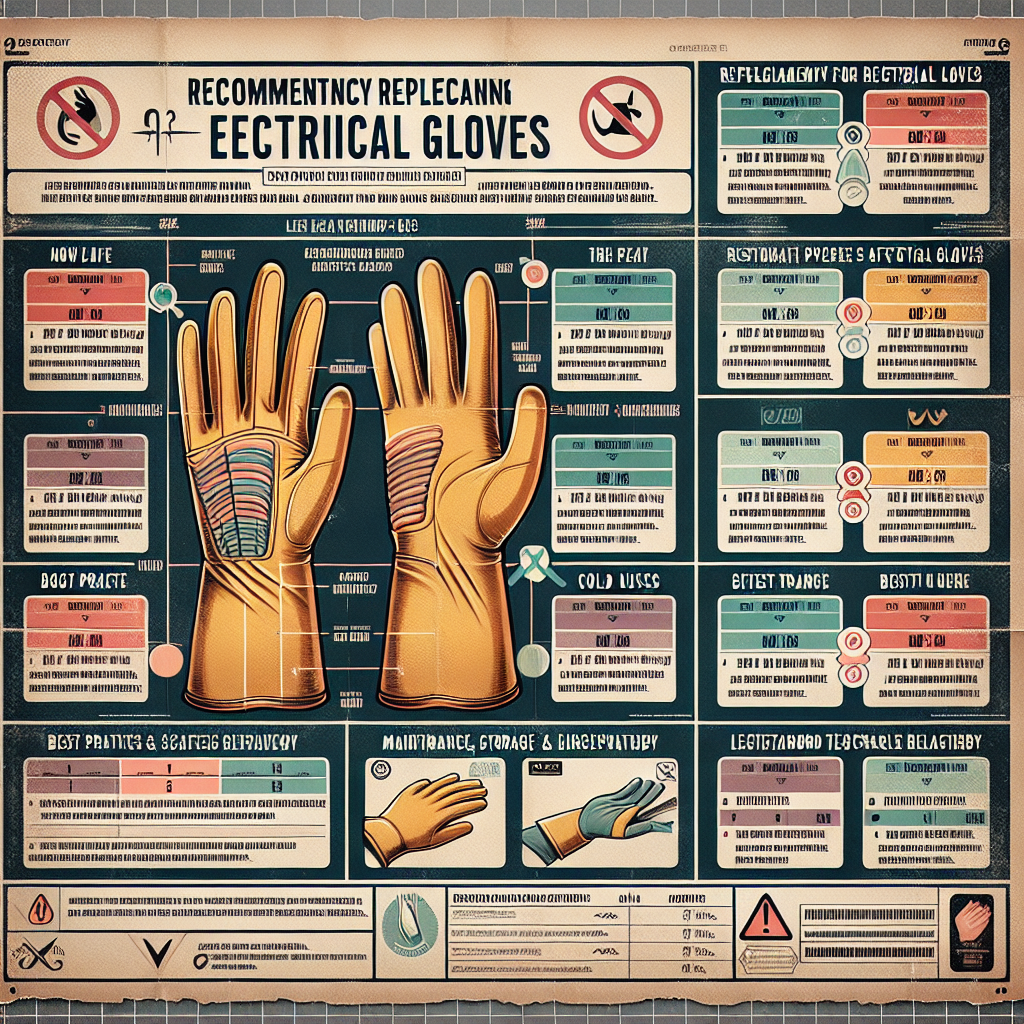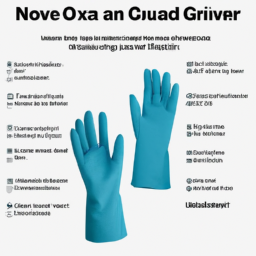How Often Should Electrical Gloves Be Replaced? Complete Chart and Expert Guidance
Electrical gloves are essential personal protective equipment for anyone working with or near live electrical systems. Knowing how often should electrical gloves be replaced is crucial for ensuring both compliance and safety. This comprehensive guide provides a detailed replacement chart, outlines industry standards, and walks you through best practices for inspection, storage, and care of electrical insulating gloves.
Why Is Regular Replacement of Electrical Gloves Important?
Electrical gloves act as the first line of defense against electric shocks, arc flashes, and burns. Over time, exposure to environmental factors, mechanical stress, and repeated usage can compromise their insulating properties. Failing to replace gloves at proper intervals increases the risk of injury and non-compliance with OSHA electrical glove requirements and ASTM F496 standards.
Understanding Electrical Glove Classes
Electrical insulating gloves are categorized by their voltage protection class. These classes determine both the replacement frequency and the testing requirements:
- Class 00 & 0 — Up to 500V and 1,000V AC
- Class 1 — Up to 7,500V AC
- Class 2 — Up to 17,000V AC
- Class 3 — Up to 26,500V AC
- Class 4 — Up to 36,000V AC
Selecting the correct glove class is only the first step. The ongoing safety of your team relies on systematic inspection and timely replacement, as outlined in the electrical gloves replacement chart below.
Electrical Gloves Replacement Chart
| Glove Class | Maximum Use Voltage (AC) | Visual Inspection | Air Test | Dielectric Test | Replacement Frequency |
|---|---|---|---|---|---|
| Class 00 & 0 | 500V / 1,000V | Daily, Before Each Use | Daily, Before Each Use | Every 6 Months | Replace After 6 Months if Not Tested |
| Class 1 – 4 | 7,500V – 36,000V | Daily, Before Each Use | Daily, Before Each Use | Every 6 Months | Replace After 12 Months if Not Tested |
Key Point: If gloves are not electrically tested within their designated intervals, they must be removed from service and replaced immediately.
Inspection and Testing: Ensuring Glove Integrity
OSHA and ASTM guidelines mandate that all electrical safety gloves be inspected for physical damage, air tested for leaks, and dielectrically tested in accordance with ASTM F496. Here’s what you should look for during inspection:
- Cracks, tears, punctures, or signs of chemical damage
- Swelling or softening of rubber
- Ozone cutting or ultraviolet damage
- Embedded foreign objects
- Loose cuffs, excessive wear or distortion
Air Test Procedure
- Inflate the glove using a glove inflator or by rolling it up toward the fingers to trap air.
- Listen and feel for air leaks.
- Rotate and examine all glove surfaces under bright light.
Any glove that fails visual or air testing should be immediately removed from service and replaced.
Best Practices for Electrical Glove Care and Storage
To maximize the lifespan and ensure the ongoing protection of your insulating gloves, follow these care and storage tips:
- Store gloves in a cool, dry location away from direct sunlight and chemicals
- Never fold or compress gloves; keep them in a protective glove bag or box
- Clean gloves regularly using mild soap and water, and thoroughly dry before use
- Always wear leather protector gloves over rubber gloves for mechanical protection
- Record and track glove issue dates, inspection, and test results for compliance
Frequently Asked Questions About Electrical Glove Replacement
- How often should electrical gloves be replaced?
- According to OSHA and ASTM standards, if gloves have not been tested within the previous 6 months, they must be replaced or retested before use. Gloves showing wear, damage, or failing inspection should be replaced immediately.
- How to know when electrical gloves expire?
- Check the glove’s issue date and last electrical test date. If these dates exceed the allowable interval (6 or 12 months depending on class), or if the glove fails inspection, it is considered expired and must be replaced.
- What is the difference between retesting and replacing?
- Retesting (dielectric testing) can restore gloves to service if they pass. Gloves that fail, or have not been tested within the required period, must be replaced.
- Are leather protectors required?
- Yes. Leather protectors must always be worn over electrical insulating gloves to provide protection from cuts, abrasions, and mechanical wear.
Conclusion: Prioritize Safety with Scheduled Glove Replacement
Following a clear electrical glove replacement schedule is not just about compliance—it’s about keeping yourself and your team safe. Use the provided chart, adhere to inspection routines, and never compromise on the integrity of your electrical PPE. Regular replacement, paired with proper care and testing, is the key to preventing electrical accidents and ensuring OSHA compliance.


